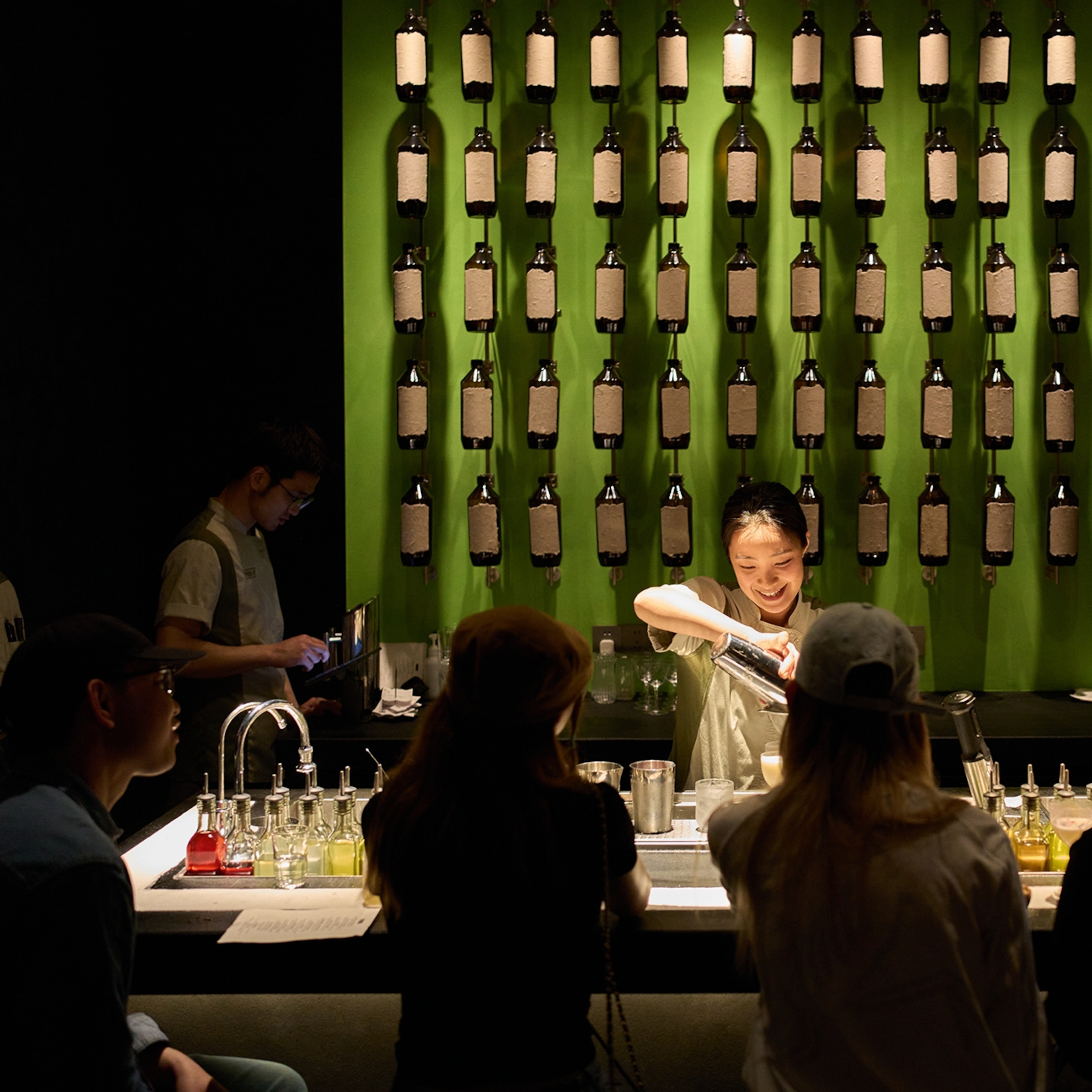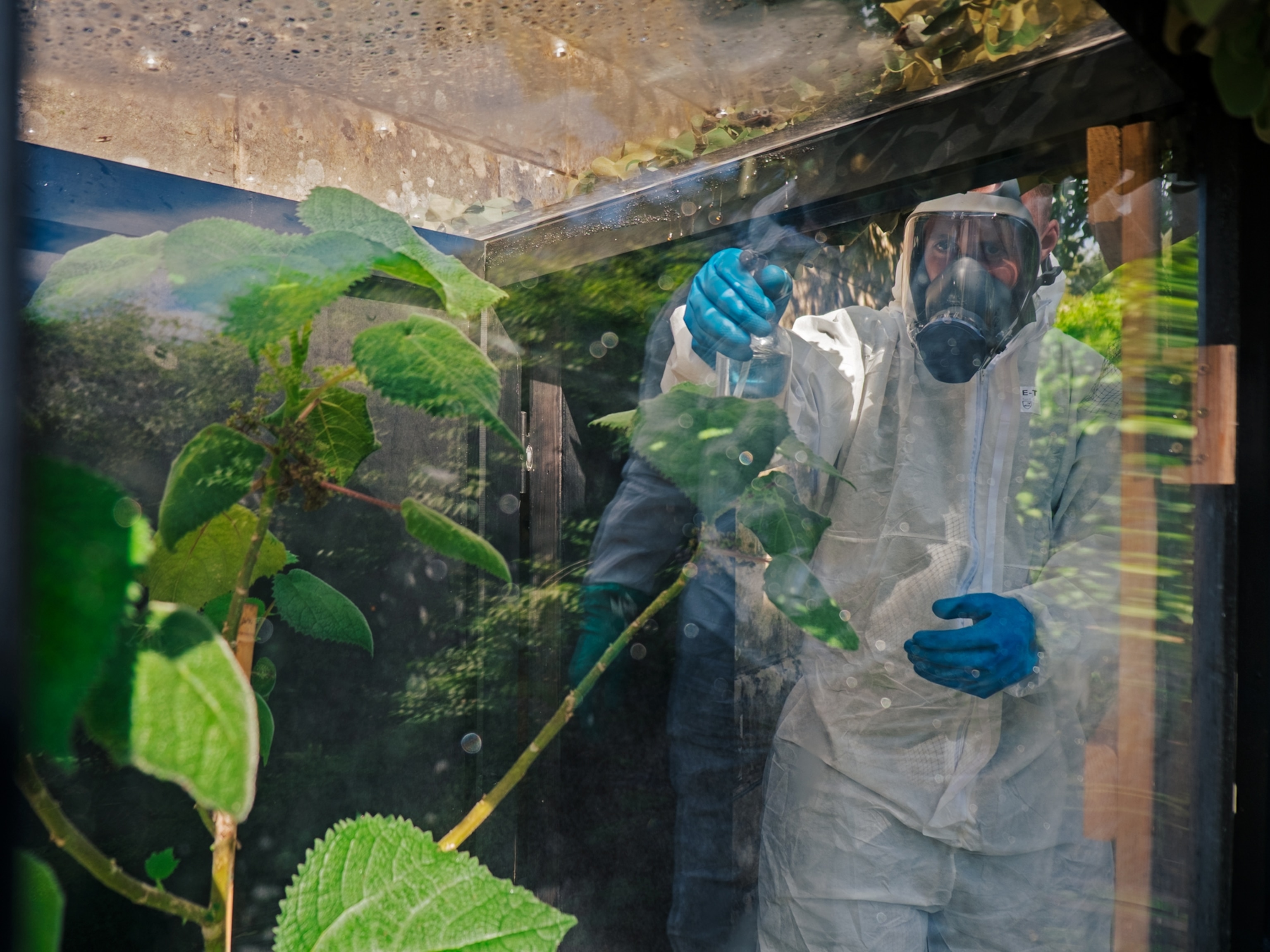
Selling Spring Dreams: The Evolution of Seed Catalogs
Gardeners love seed catalogs.
Here in Vermont we get a lot of them, most arriving in the dead of winter, when the garden is nothing but a fitful memory. They run the gamut from a full-color book-length production on glossy coated paper to a terse postcard from a Vermonter who sells Gilfeather turnips. Of whatever design, however, to the winter-bound and cabin-fever-afflicted, they’re a temptation on a scale that last occurred in Eden, when the snake sidled up to Eve and pointed out how really yummy that apple looked.
The seed catalog people know this, of course. They’re perfectly aware that none of us has had a really delicious ripe tomato in months. They know we’re vulnerable. And they’ve been banking on this for centuries.
The American seed business began in the 18th century, with assorted green-thumbed amateur gardeners who casually peddled their backyard seed surpluses by word of mouth or via catchy advertisements in hometown newspapers. In 1768, for example, William Davidson of Seven Star Lane – a gardener of enviable talent – offered readers of the Boston Gazette 56 different vegetable and herb seeds, plus – for the frivolous – one flower (carnations).
The leap to seed selling – a landmark in American horticultural history – is generally attributed to David Landreth who emigrated with his family to North America from Northumberland in 1780, thus missing most of the excitement of the Revolutionary War. After a false start in Canada (too cold), he relocated to Philadelphia, where he founded the first American commercial seed company in 1784. It was a stunning success. Landreth sold seeds to George Washington, John Adams, James Monroe, and Thomas Jefferson; introduced the zinnia, the white potato, and the tomato to the American garden; and propagated and sold the botanical finds of the Lewis and Clark Expedition, among them the golden currant, the snowberry bush, the osage orange, and assorted new varieties of corn and beans.
Landreth’s and other early seed houses initially promoted their wares through wholly utilitarian single-spaced seed lists, but by the mid-19th-century, seed catalogs were wooing the susceptible public with enticing chromolithographs. Many were masterpieces of vegetable art: W. Atlee Burpee catalog covers from the late 19th and early 20th centuries featured beribboned cherubs, curly-haired maidens, and a lush array of vegetables, including glowing red tomatoes, burnished purple eggplants, and gorgeous green peas.
According to Ken Kraft’s Garden to Order, W. Atlee Burpee (the W stands for Washington) went into business as a teenager, publishing in 1876 his first catalog, a four-page, poultry-dominated folder called “Catalog of High Class Land and Water Fowls,” with an understated black-and-white picture of ducks on the cover. Three years later the “Catalog” had become the “Farm Annual,” and was increasingly vegetable.
Included for the first time among the Land and Water Fowls, the Scotch Colly Dogs, and the blimp-like Thoroughbred Pigs, was the fabulous Surehead Cabbage. (“No other cabbage,” gloated the catalog of 1888, “has elicited so many voluntary expressions of praise.”) Also featured were the Celestial pepper from China, the dauntingly named Ironclad watermelon, and Persian Rose Muscatelle tobacco, which had come to Philadelphia, said Mr. Burpee, from Hungary, and to Hungary straight from the garden of the Shah of Persia, where it grew monstrous leaves large enough to cover the body of a full-grown man.
Romantic tidbits of this ilk are less common in catalogs today, and prices are up. In 1888, the average Burpee seed packet cost a thin dime, payable in cash by mail (“The efficiency of the post-office department is such,” states the Farm Annual trustingly, “that it is rarely that a letter or package is lost or stolen”) – or, lacking cash, you could pay for your seeds in postage stamps. Nowadays mail-order seed packets generally run from $3 to $6 apiece, and postage stamps – which now cost a good deal more too – are no longer legal tender. Still, the faltering economy has been a boost for the garden seed market; according to the National Gardening Association, American gardeners now spend upwards of two billion dollars a year on garden seeds and supplies.
Garden seeds, admittedly, don’t look like much. While the world’s largest seed, the suggestively bottom-shaped offspring of a palm tree called the coco de mer, weighs in at a hefty forty pounds, most vegetable seeds are puny. Carrot seeds, for example, are practically non-existent; on average, there are 2500 in a teaspoonful. This makes seeds all the more remarkable: from these minuscule containers, given sun, soil, water, and a few months, we’re going to get dozens of tomatoes, bushels of peppers, pumpkins the size of beach balls, and way too many zucchinis.
I’m glad that we don’t depend on local eating. Where we live on the Canadian border, local eating traditionally meant that by springtime, people, deprived of vitamin C, were suffering from “winter sickness,” more commonly known as scurvy. I’m grateful for all those trucked-in oranges and lemons, bunches of lettuce, packs of spinach, heads of broccoli. There’s a lot we can’t do on our own.
On the other hand, the seasonal lure of seed catalogs reminds us that real food doesn’t come from supermarkets. It comes from seeds. And the best of it sprouts out of the ground in gardens in about 43 million backyards.








